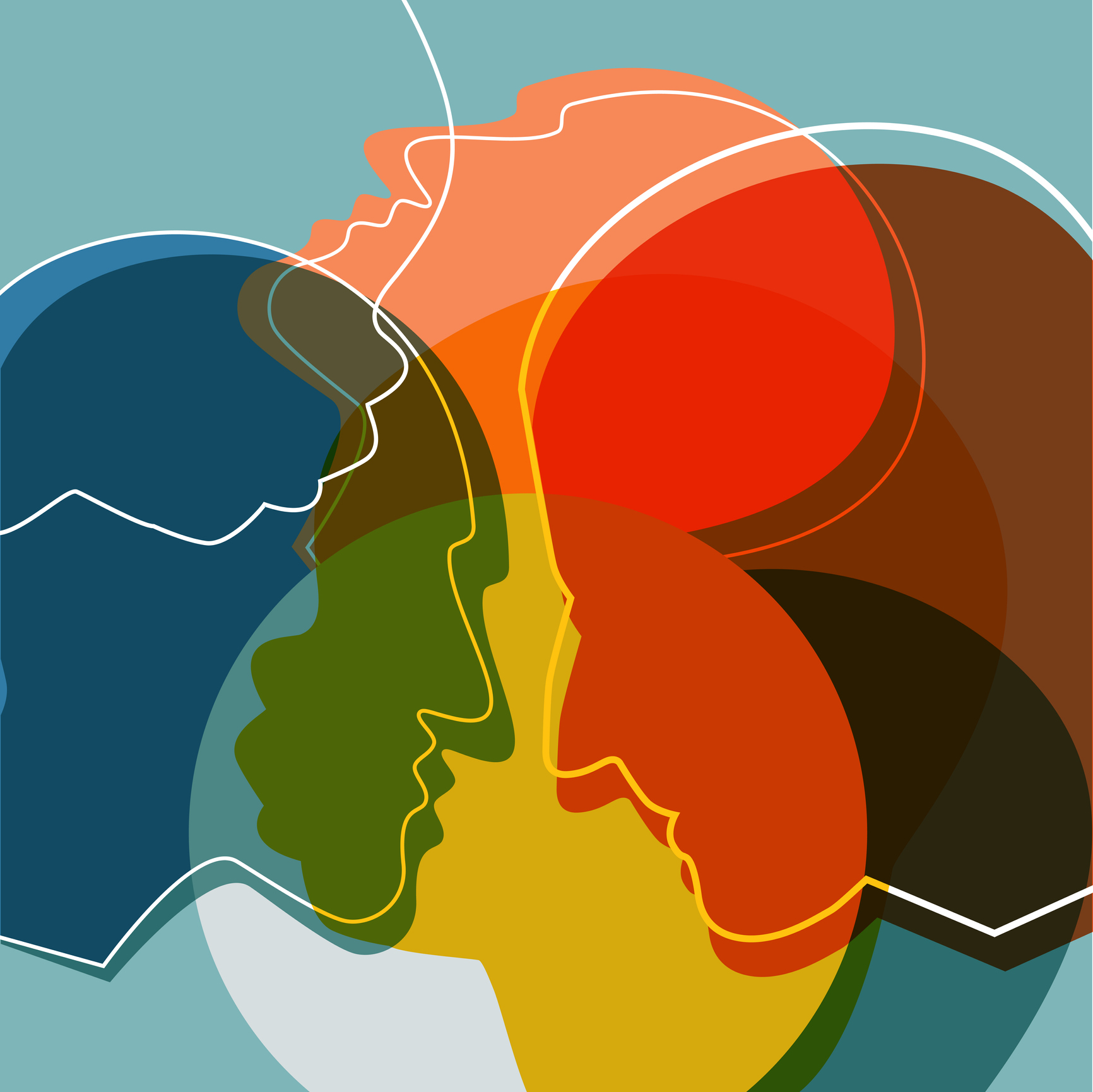This will seem unbelievable given that my father passed away in March 2022 from Alzheimer’s disease. But, since his death, my dad has pioneered the validation of effective treatments that weren’t available for him. Analysis carried out on my father’s mind tissue helps researchers understand (hopefully improve upon) the recently FDA-approved lecanemab, and develop a much more efficient treatment for Alzheimer’s sickness.
My father’s disease was always advancing faster than the scientists’ ability to understand and stop it.
How to be there for a partner with Alzheimer’s
Within the Nineteen Nineties, Dennis Selkoe and different main scientists hypothesized that Alzheimer’s Illness is began by the buildup of a clumped protein–amyloid–within the mind, and that eradicating amyloid may stop cognitive decline. Whereas this idea, referred to as the Amyloid Speculation, has been the premise for a lot of Alzheimer’s analysis, early trials making an attempt to focus on the amyloid didn’t sluggish reminiscence decline, maybe as a result of they didn’t take away a lot amyloid.
Aduhelm was approved by the FDA in 2021, but it has been clouded with controversy. Bad decision-making on behalf of its manufacturer led to prematurely ending of two trials. Incomplete information and contradictory reports, as well as excessive claims of temporary mind swelling have raised serious questions about Aduhelm’s effectiveness.
Aduhelm wasn’t right for my father who had advanced to a more severe form of Alzheimer’s by the time it was approved. This is before the scientists thought amyloid removal could be effective.
My father was the ultimate caregiver before he became sick. He was never annoyed. Instead, he focused on finding a solution. When I was little, he created a step stool that was designed to be stable. You could stand up and not fall.
In the first few years after his illness, he produced almost 100 stools to give to teenagers that he knew.
We tried to give my father what he gave us, a solid foundation to build on. I followed him on his walks. I would jump into the pool if he decided to swim. I loved seeing him enjoy the warmth of the water and hearing the splashing of his grandchildren.
His Alzheimer’s disease progressed and we struggled to provide him with the help he needed. When we found him, jiggling an old hinge, he knew it had to be fixed but couldn’t find a solution. I felt a sharp pang of pain and joy. I loved that despite his Alzheimer’s, he still solved problems. I wanted to assist him to fix this particular one.
It took three weeks for my dad to die after doctors told us he was dying. As my mother, sisters and I went through these blurry times, from thinking he’d live for a few years, to realizing he wouldn’t be around for much longer, my family decided to donate his brain for Alzheimer’s research.
The idea of donating the mind of my father came to me the first week. So I asked my mother what she thought. My mom was not happy with the concept. She mentioned the Jewish belief that the body must be buried whole.
I thought we would be abandoning my father.
After a few weeks, my sister called me and asked, “Should we consider donating dad’s brain? “
She sent an email to Seth Gale (my dad’s neurologist) asking if she could teach us about the process. Seth had already made a stool to give to Seth’s children not long after Seth found him. On the morning of that day, three days before my father’s death, my sister, mom, Seth, and I zoomed.
The act of watching my father die led us to ask, “Is this something we should be doing?” “
Seth explained the process without assuming that we would actually do it. He told us repeatedly, “You don’t have to.” “
Seth said that if my father’s brain was donated, it would stay at the Brigham and Ladies’s Hospital where he had been treated. After I spoke to her, she stated, “if I had tumors, I’d remove them and in the future I’d be interred without it. It’s not any different.” Seth’s Zoom was delivered to my mother, sister, and me. We took a moment to talk. Each of us knew that he wanted to help others.
Andrew Stern, an expert-scientist in the Selkoe Lab called me to discuss logistics.
Two weeks earlier, I had placed my head on my father’s chest and told him, “Dad you may be dying. But it’s okay. You’re here. We are all fine and we will take care of each other.” I knelt on his bed, placed my head on it, and said, “Dad you’re caring for people. You’re donating the power of your mind to prevent this from happening to other families. “
After I sent my father’s obituary out to family and friends, I included Andrew in the bcc. I added Andrew as a cc after sending the obituary. He would have known my dad if he knew his mind.
I know these pictures well. These are pictures of amyloid fibrils – tiny, stick-shaped protein clusters – from my father’s memory.
Dennis and Andrew invited our family to the Selkoe Laboratory in September 2022. Dennis walked us through scientists’ understanding on Alzheimer’s and the Amyloid Speculation. Now my dad is fuel for the curve of technological innovation.
While Andrew and Dennis described their analysis, my dad was referred to by name, as a colleague.
Dennis and Andrew have shown my father who died from Alzheimer’s how the disease can be stopped. His inspiration will now be available to others. I could see him balancing on a step stool, like a flamingo, as they viewed the pictures of the lecanemab that was able to attach to his brain tissue.



